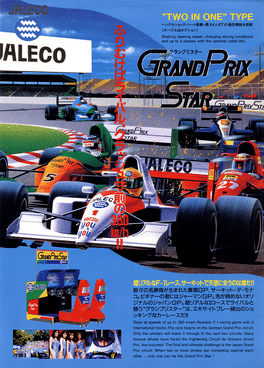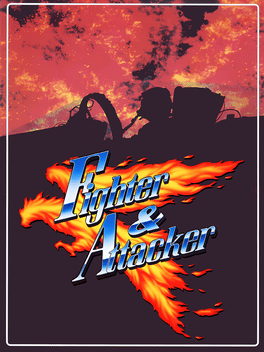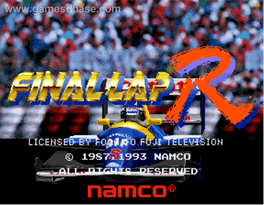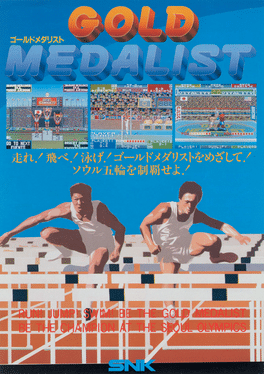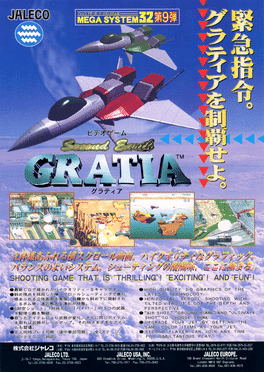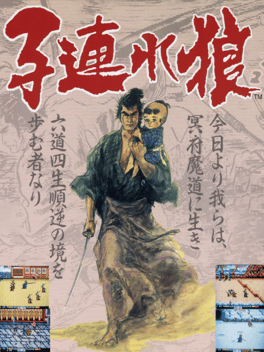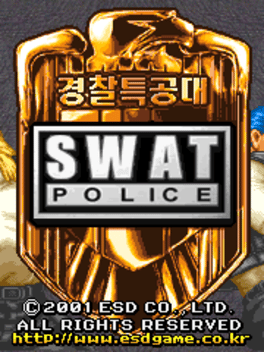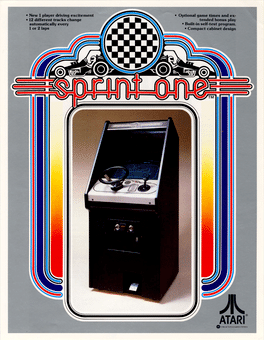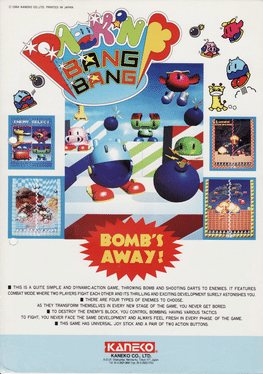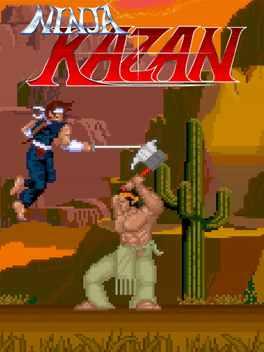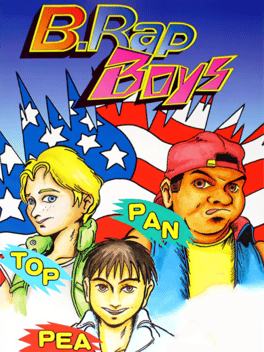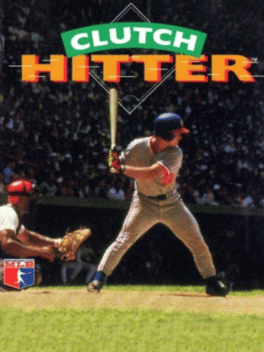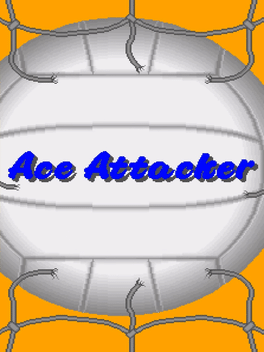Most Popular Arcade Games - Page 119
-
Grand Prix Star
1991
-
Fighter & Attacker
1992
Fighter & Attacker
1992
Fighter & Attacker, originally titled F/A in Japan, is a vertical scrolling shooter arcade game, which was released by Namco in 1992. The game runs on Namco NA-1 hardware, was the first game on this hardware to be released outside Japan (Bakuretsu Quiz Ma-Q Dai Bōken was the first overall) and is the only game from the company that showed the Federal Bureau of Investigation's "Winners Don't Use Drugs" screen in its attract sequence with vertical orientation (the two titles that displayed it previously, Tank Force and Steel Gunner 2, both displayed it with horizontal orientation). -
Final Lap R
1995
Final Lap R
1995
The last game in Namco's seminal F1 series, which began eleven years' earlier with 1982's "Pole Position". Final Lap R features the same loose handling and demanding game-play of its predecessors, but has the obligatory improved graphics, due to the more powerful host hardware. The game offers players a choice of four race tracks -
Gold Medalist
1988
Gold Medalist
1988
Based on the Seoul Olympics, this is a multi-event track and field game for up to four players and featuring nine different events. Despite being heavily influenced by Konami's own "Track and Field" series, Gold Medalist lacks both the addictiveness and tight gameplay mechanics of the games upon which it is based. The nine disciplines, which can be attempted in any order, are : * 100 Metre Sprint * Long Jump * Horizontal Bars * Freestyle Swimming * Boxing * Discus * 110m Hurdles * High Jump * 400m Relay -
Super Trio
1994
-
Dokkaebi-ga Ganda
1995
Dokkaebi-ga Ganda
1995
Often also refered to as Cobi Comi, after the two kobold protagonists, the game offers standard platforming fare by Senori Box, who should disappear after a few more announcements of games that got never released, only to re-emerge years later as Jaemi Inneun Nyeoseokdeul (재미있는 녀석들). -
Funky Ball
1995
-
Kozure Ookami
1987
Kozure Ookami
1987
Game based on Lone Wolf and Cub. After Ogami Ittō's wife Azami gives birth to their son, Daigorō, Ogami Ittō returns to find her and all of their household brutally murdered, with only the newborn Daigorō surviving. The supposed culprits are three former retainers of an abolished clan, avenging the execution of their lord by Ogami Ittō. However, the entire matter was planned by Ura-Yagyū (Shadow Yagyu) Yagyū Retsudō, leader of the Ura-Yagyū clan, in order to seize Ogami's post as part of a masterplan to control the three key positions of power: the spy system, the official assassins and the Shogunate Decapitator. During the initial incursion, an ihai (funeral tablet) with the shōgun's crest on it was placed inside the Ogami family shrine, signifying a supposed wish for the shogun's death. When the tablet is "discovered" during the murder investigation, its presence condemns Ittō as a traitor and thus he is forced to forfeit his post. -
Swat Police
2001
-
Twin Action
1995
-
Success Joe
1990
Success Joe
1990
Extremely rare, this game is based on the classic manga/anime series Ashita no Joe (Tomorrow's Joe). The manga ran from 1968 to 1973 in Shonen Magazine. There were also 2 TV series that ran from 1970 to 1971 and 1980 to 1981 and a movie was released in 1980. When one of Joe's old rivals, Rikishi, died in the ring in 1970, Kodansha publishing actually held a funeral service for him. Over 700 people attended from all over Japan. An actual Buddhist priest presided over the funeral, held in a full-sized boxing ring. -
Sprint One
1978
Sprint One
1978
Super One, released in 1978, is a simple b&w overhead-view arcade racing game. It is single player version of Sprint 2 and a sequel to the Championship Sprint and Super Sprint games. -
Packin Bang Bang
1994
-
Ninja Kazan
1988
-
Grasspin
1983
-
B. Rap Boys
1992
B. Rap Boys
1992
A side scrolling beat 'em up. 3 characters, one on a skateboard, one on a bike and one on roller skates fight various enemies. Features a large amount of sampled voices and several rap songs. -
Clutch Hitter
1991
Clutch Hitter
1991
A baseball game featuring the 1991 rosters of Major League Baseball, including the All-Star teams. -
Ace Attacker
1988
Ace Attacker
1988
Ace Attacker is a top-down volleyball game for one or two players. There are eight national teams available (Brazil, Cuba, France, Italy, Japan, Korea, Russia, USA) and matches are divided over six tiers, from an elimination match and three group matches to the semifinal and then the final. The difficulty level of the computer opponent increases in three steps from beginner through intermediate to expert. -
Air Assault
1993
Air Assault
1993
Air Assault is a 2D up-scrolling shoot 'em up game where you take control of fighter. The game is similar to Air Duel. You have to tward the evil plans of an organization called the Fourth empire over the span of eight stages. As you make progress and fight of various tanks, flying crafts, ships, static guns and bosses power-ups come available. Power-ups can be collected from capsules. Four types of guns are available: Balkan gun (broad strait shooting gun), Wing gun (broad arc shooting gun), graviton laser (strait narrow beam) and grenade (all direction gun). Missiles include the strait megaton missile and a homing missile. There is also a bomb that clears the entire screen. The game can be played solo or with a friend.
